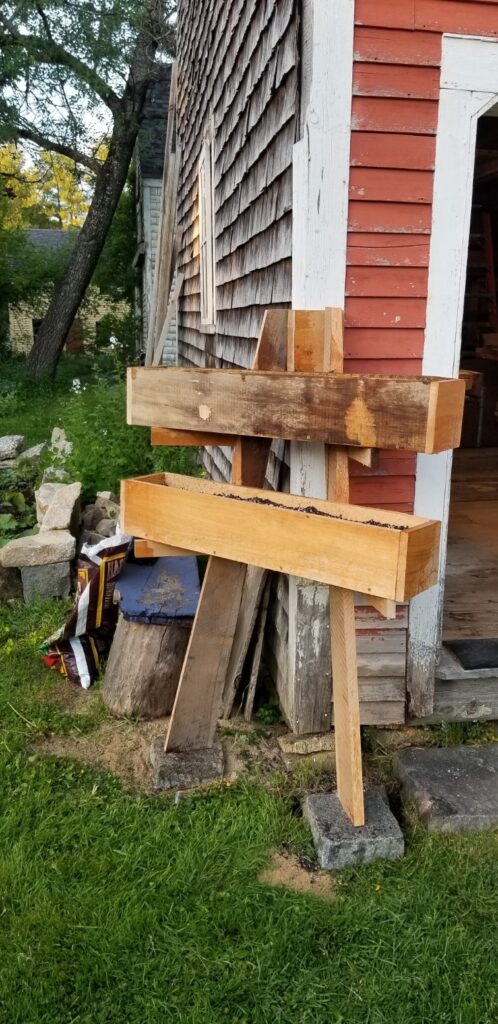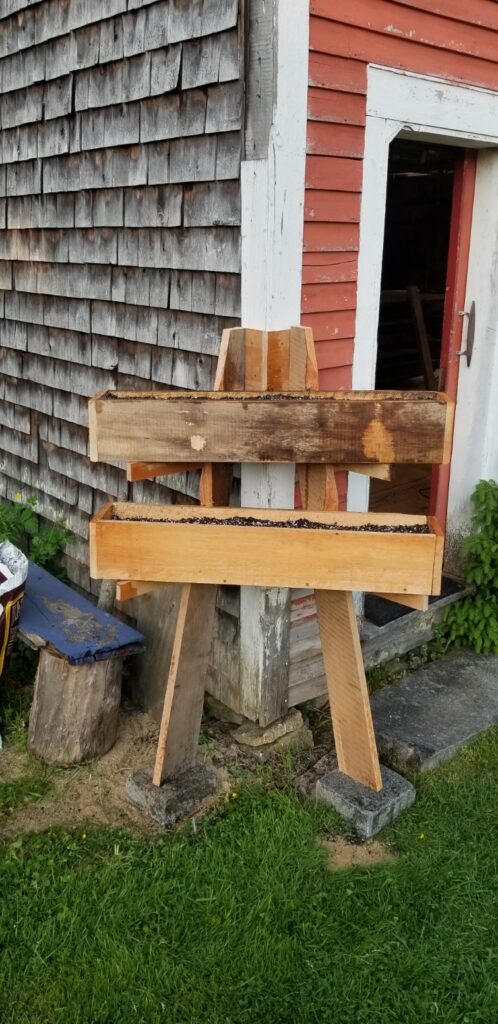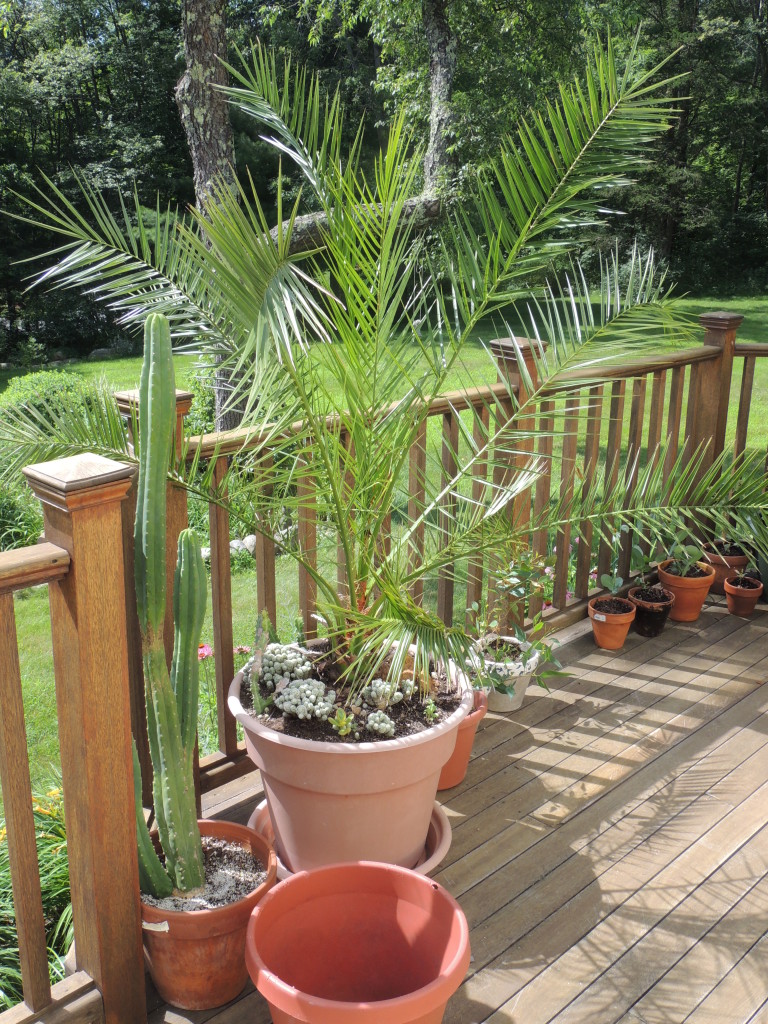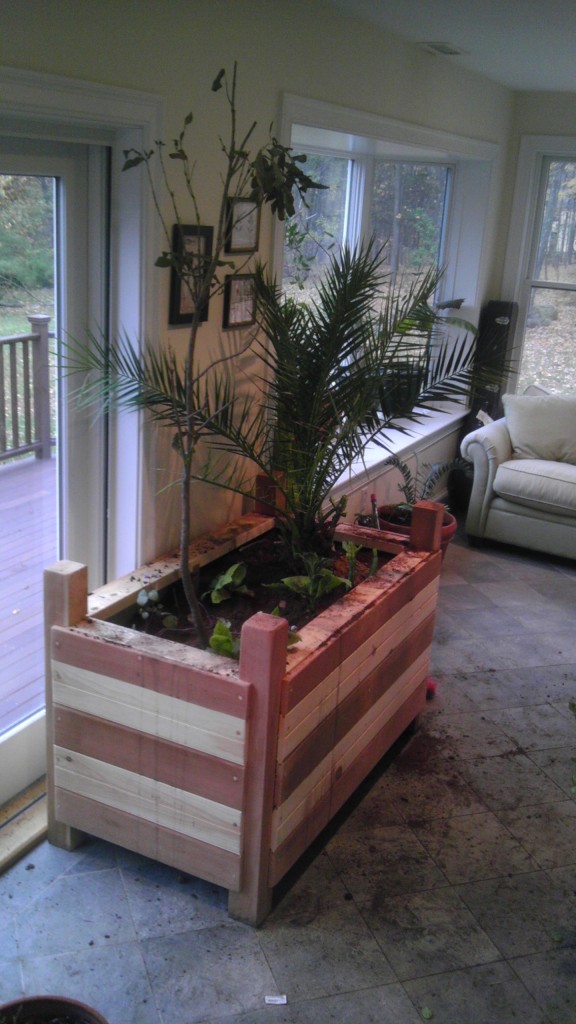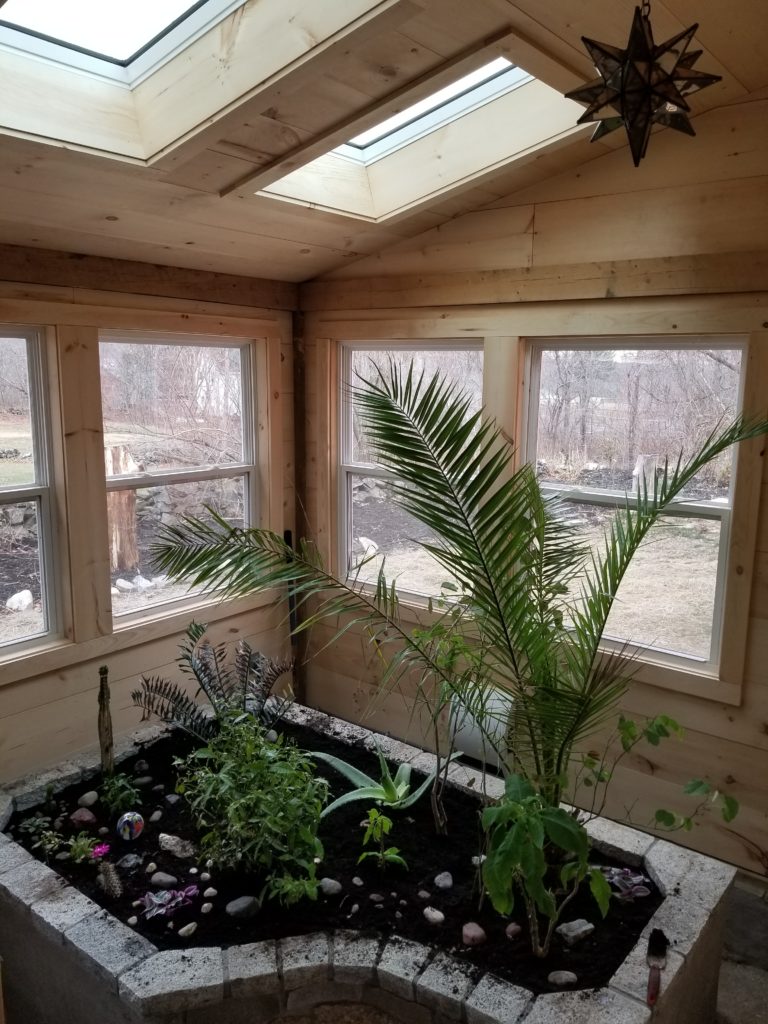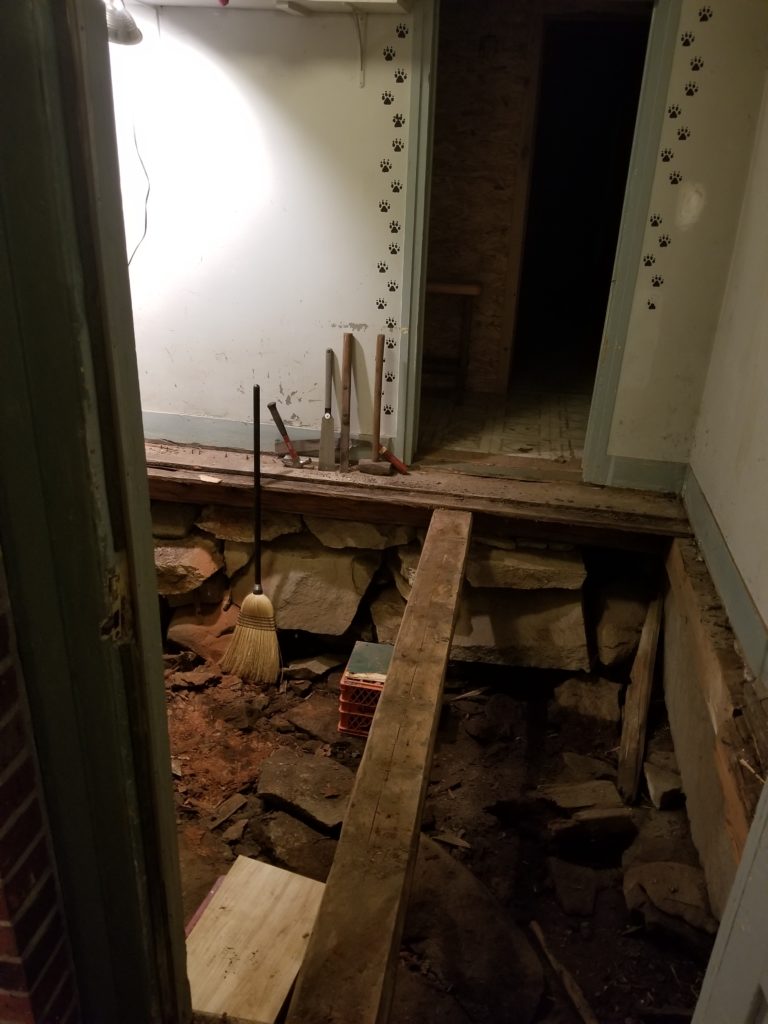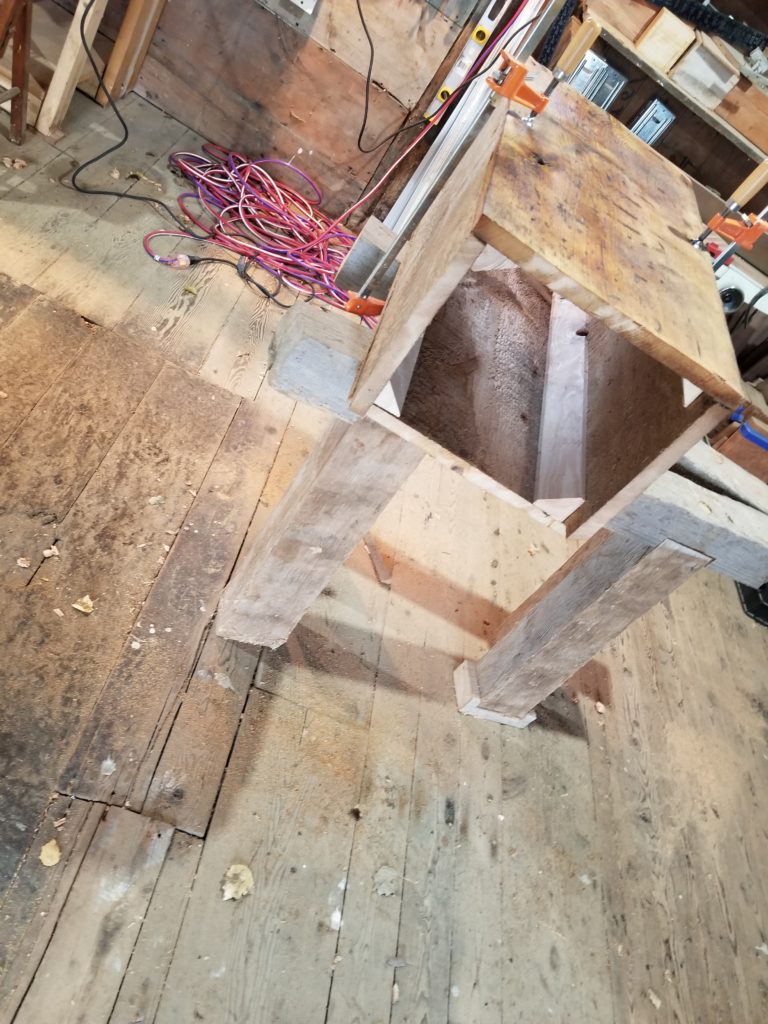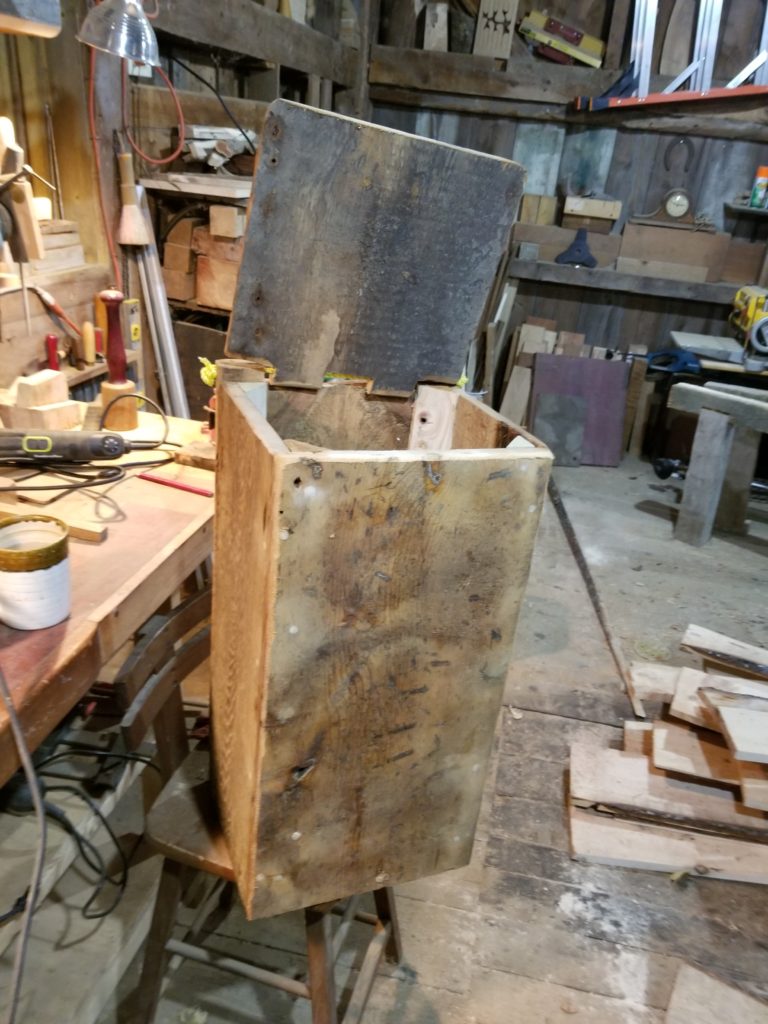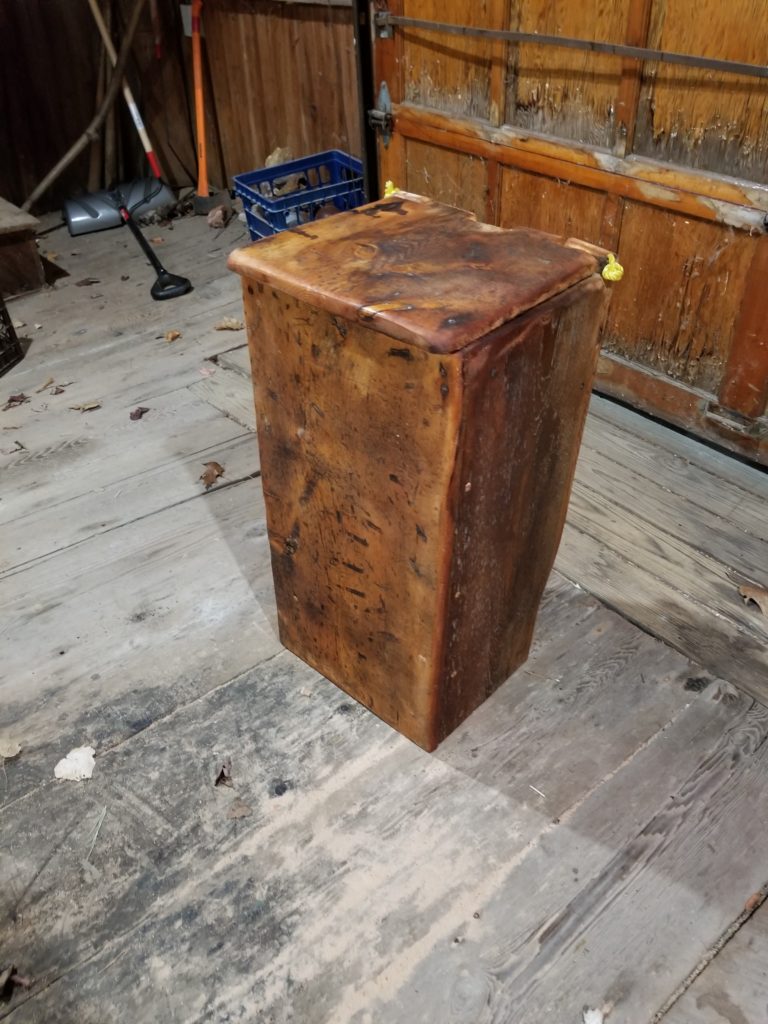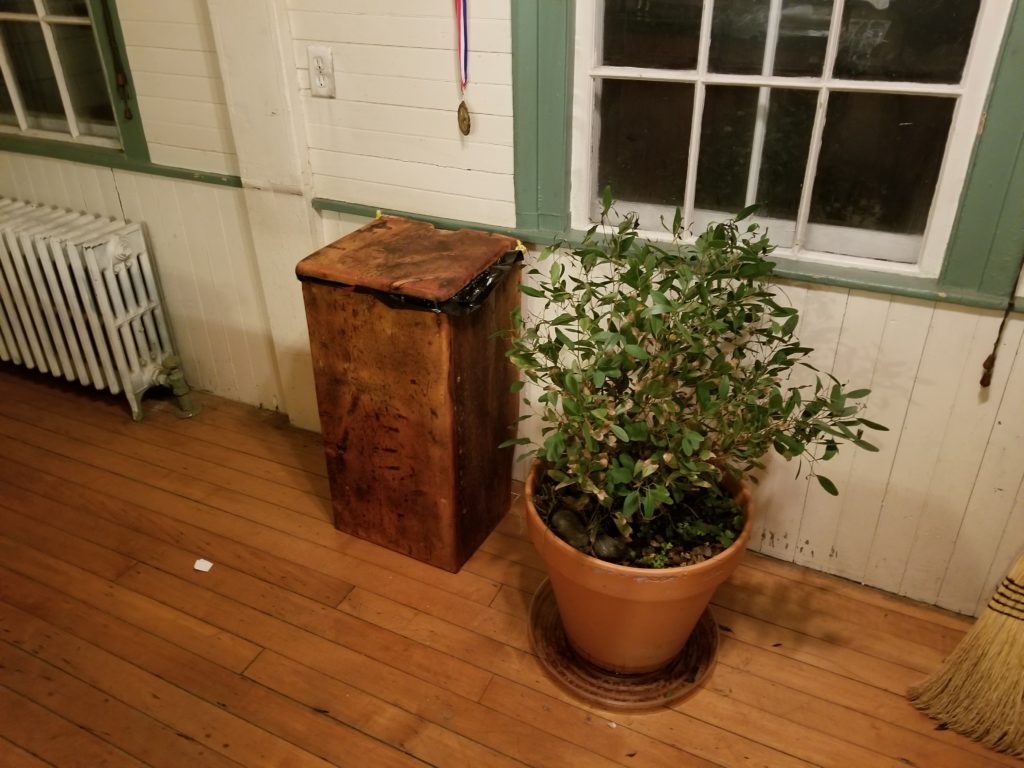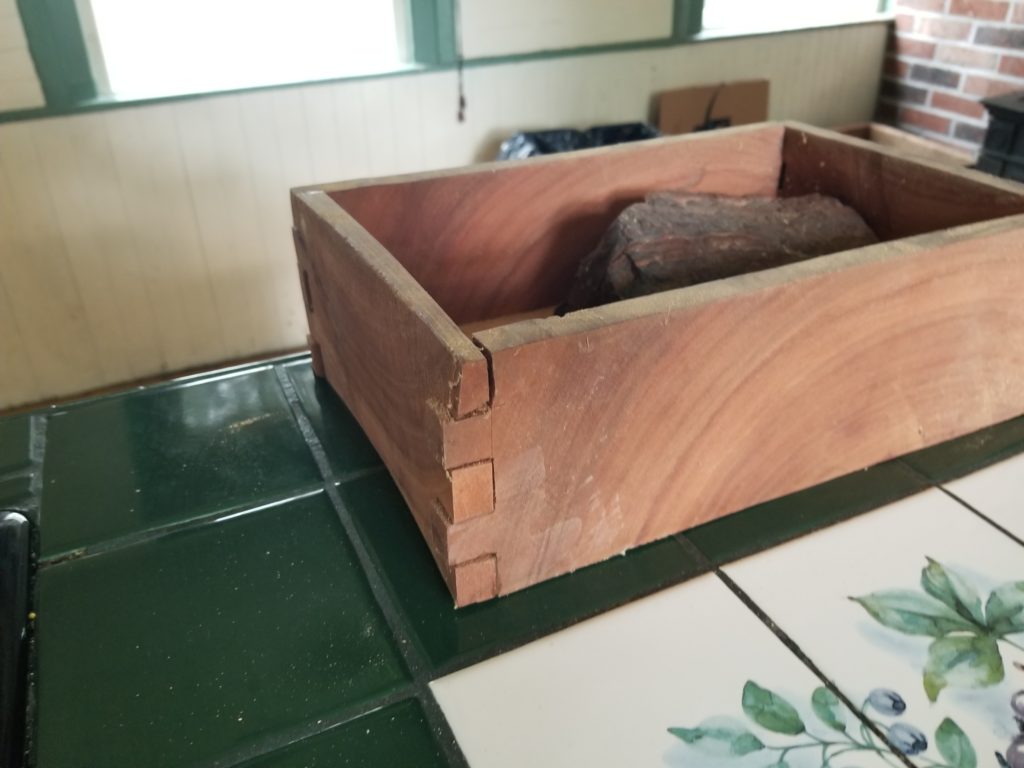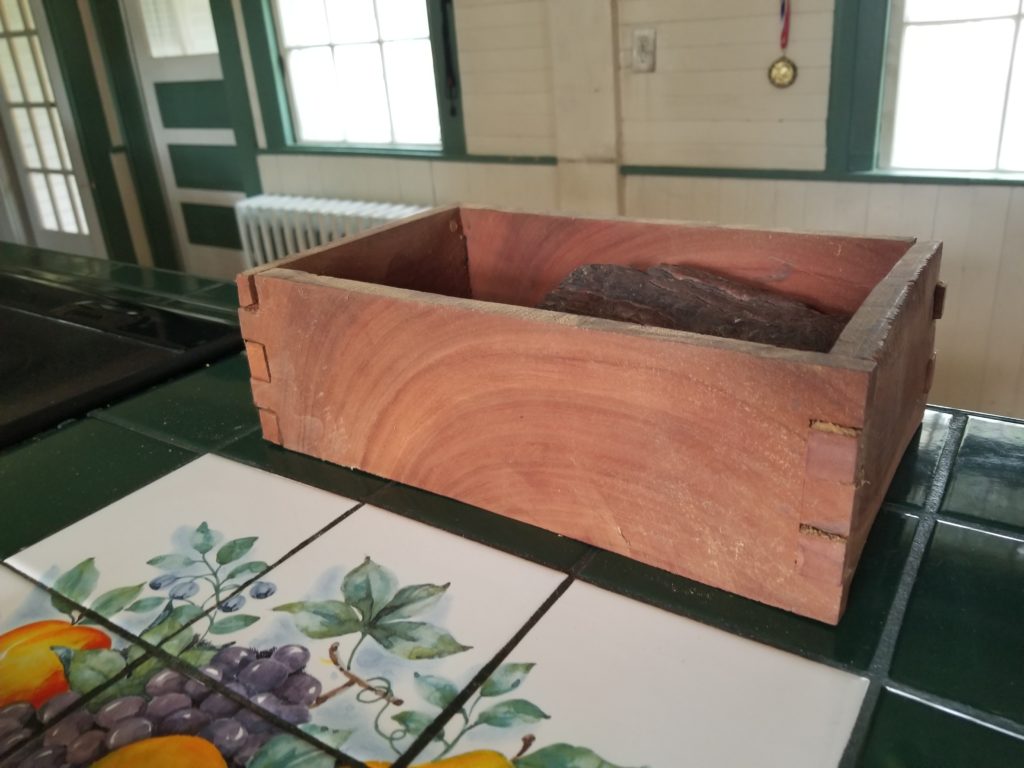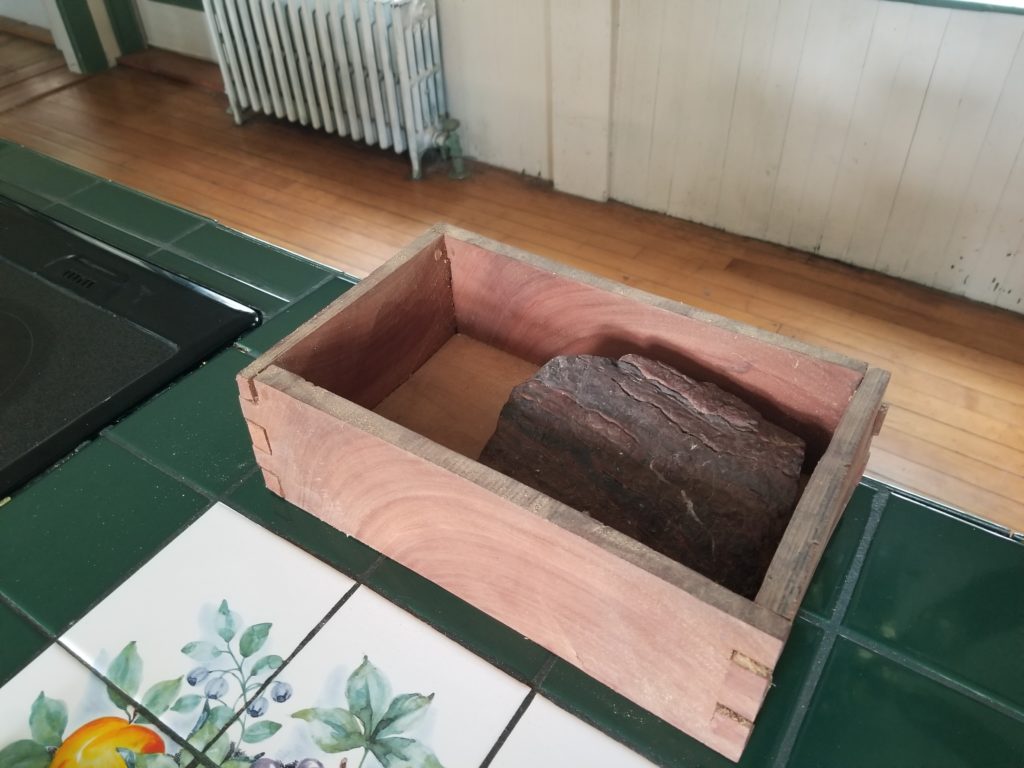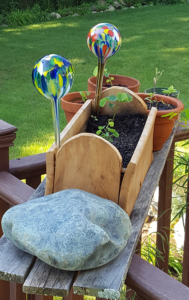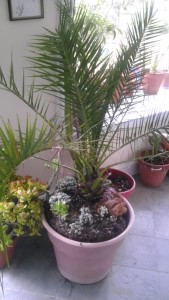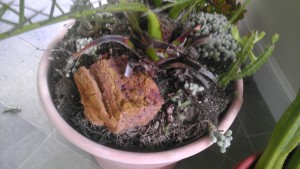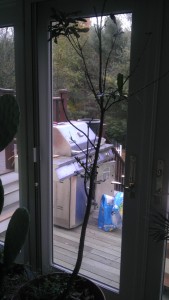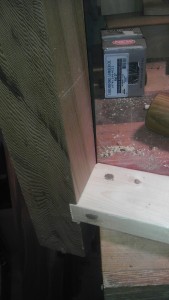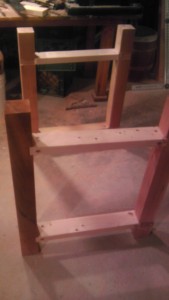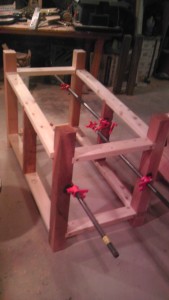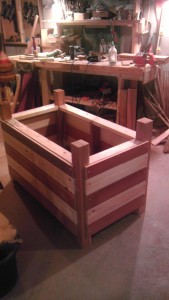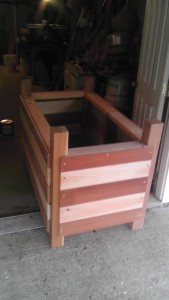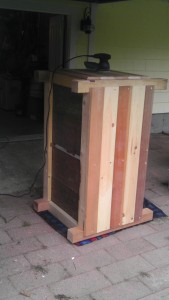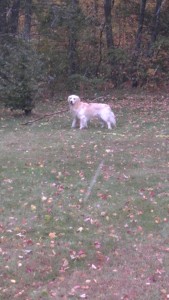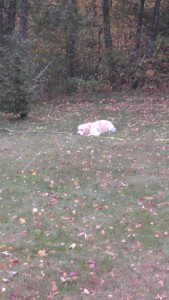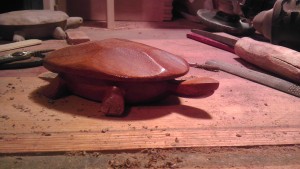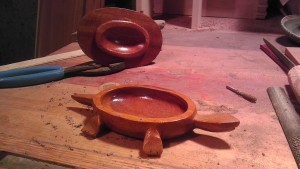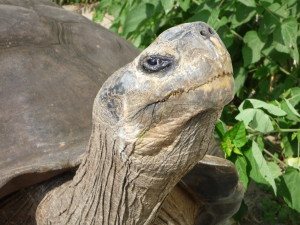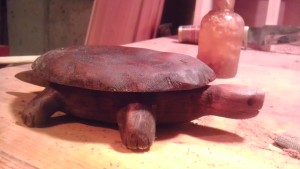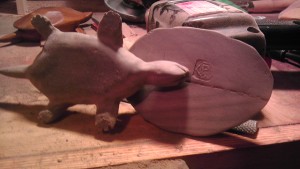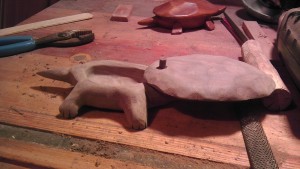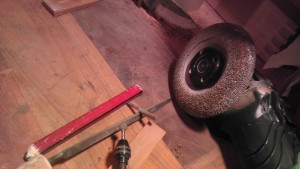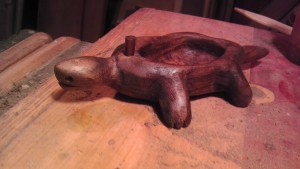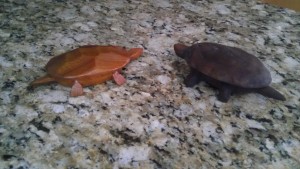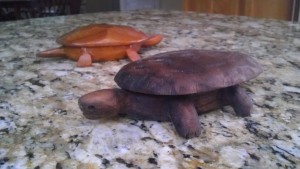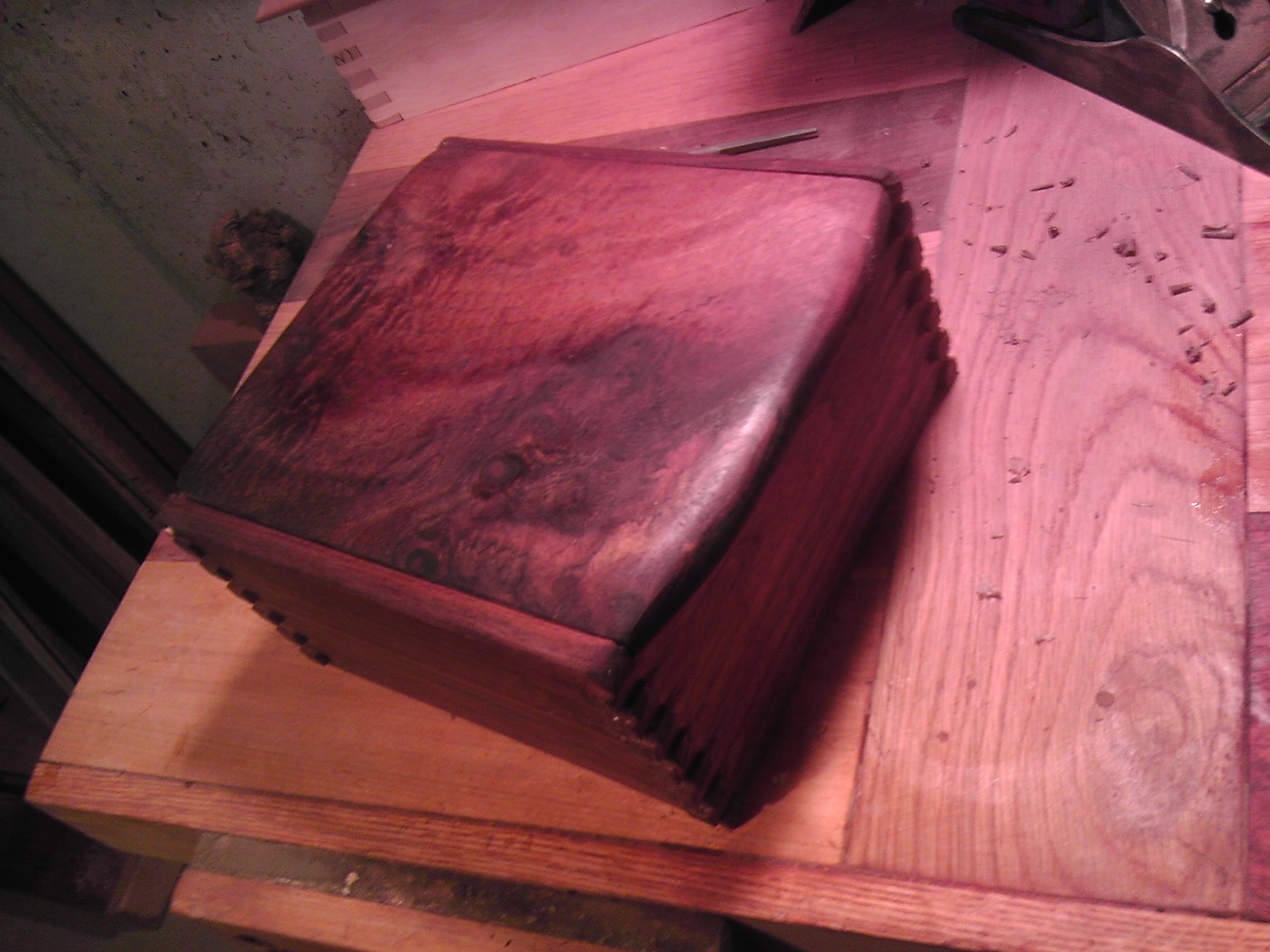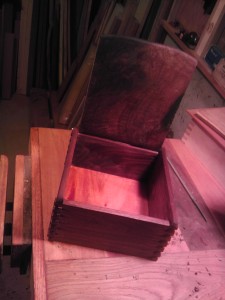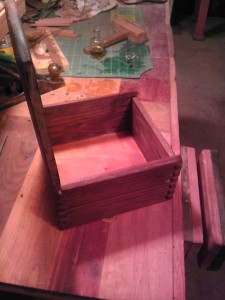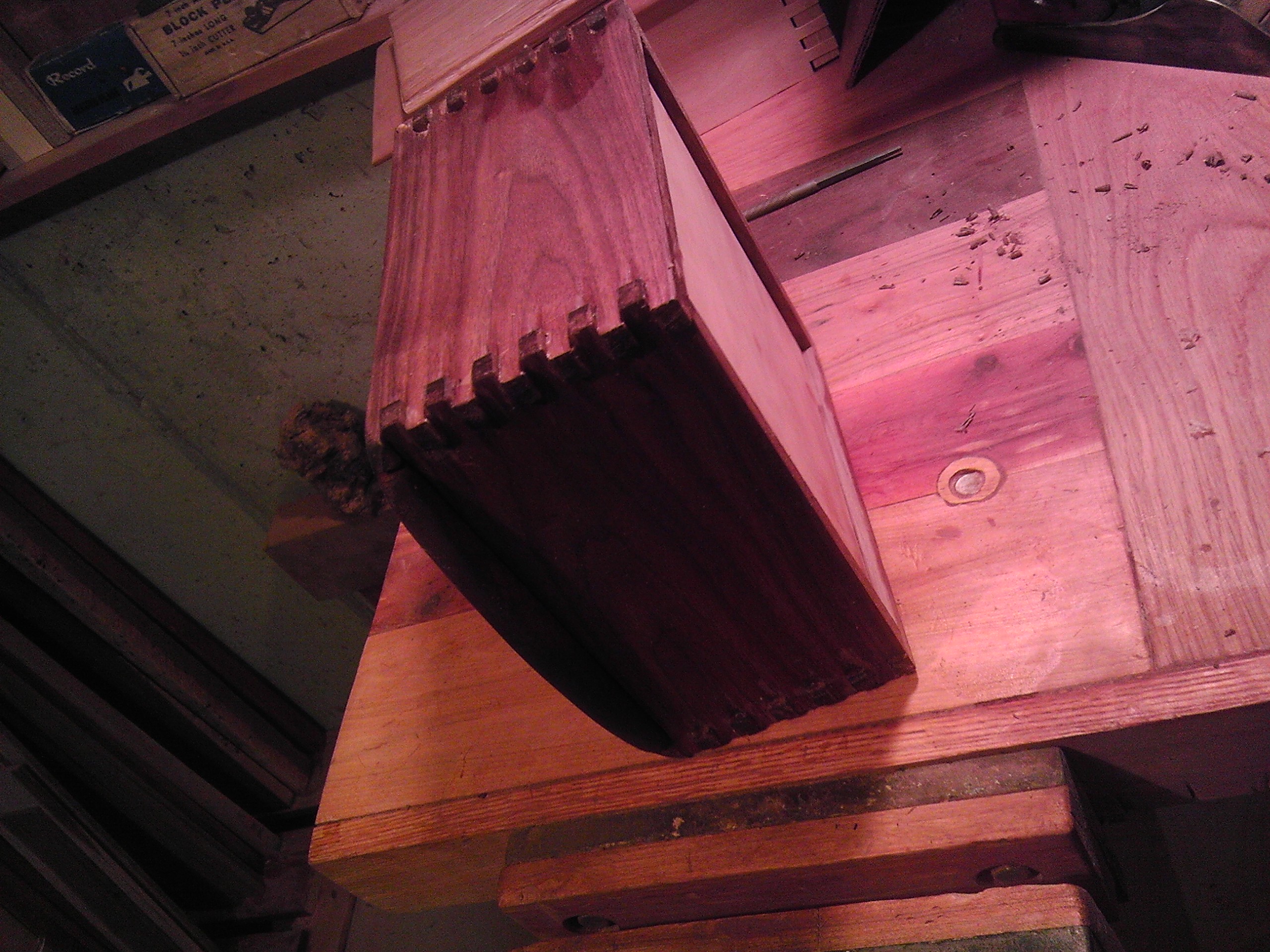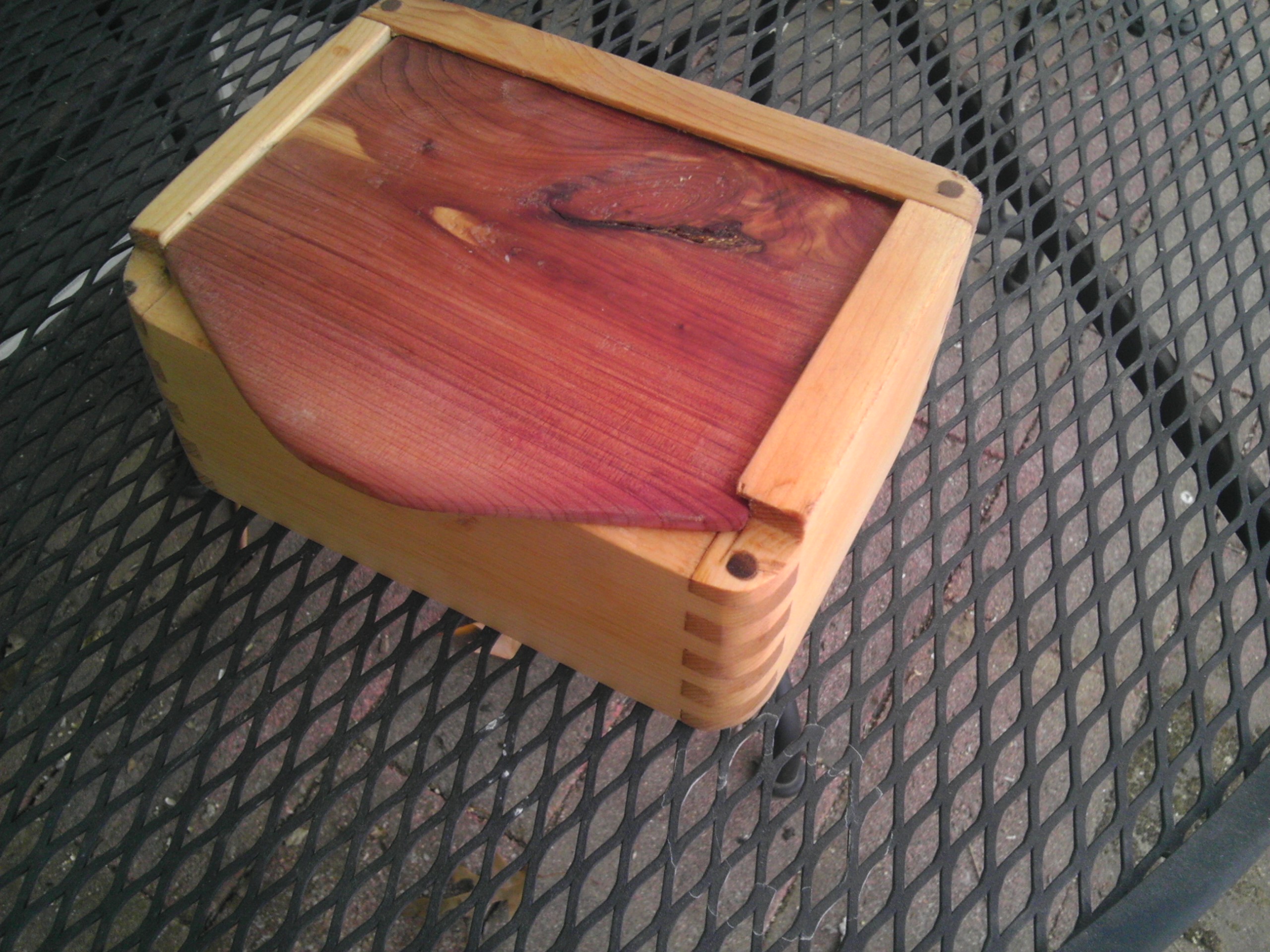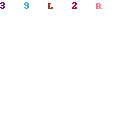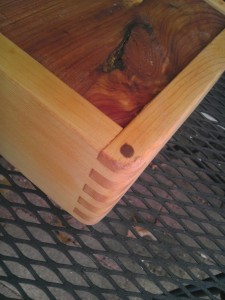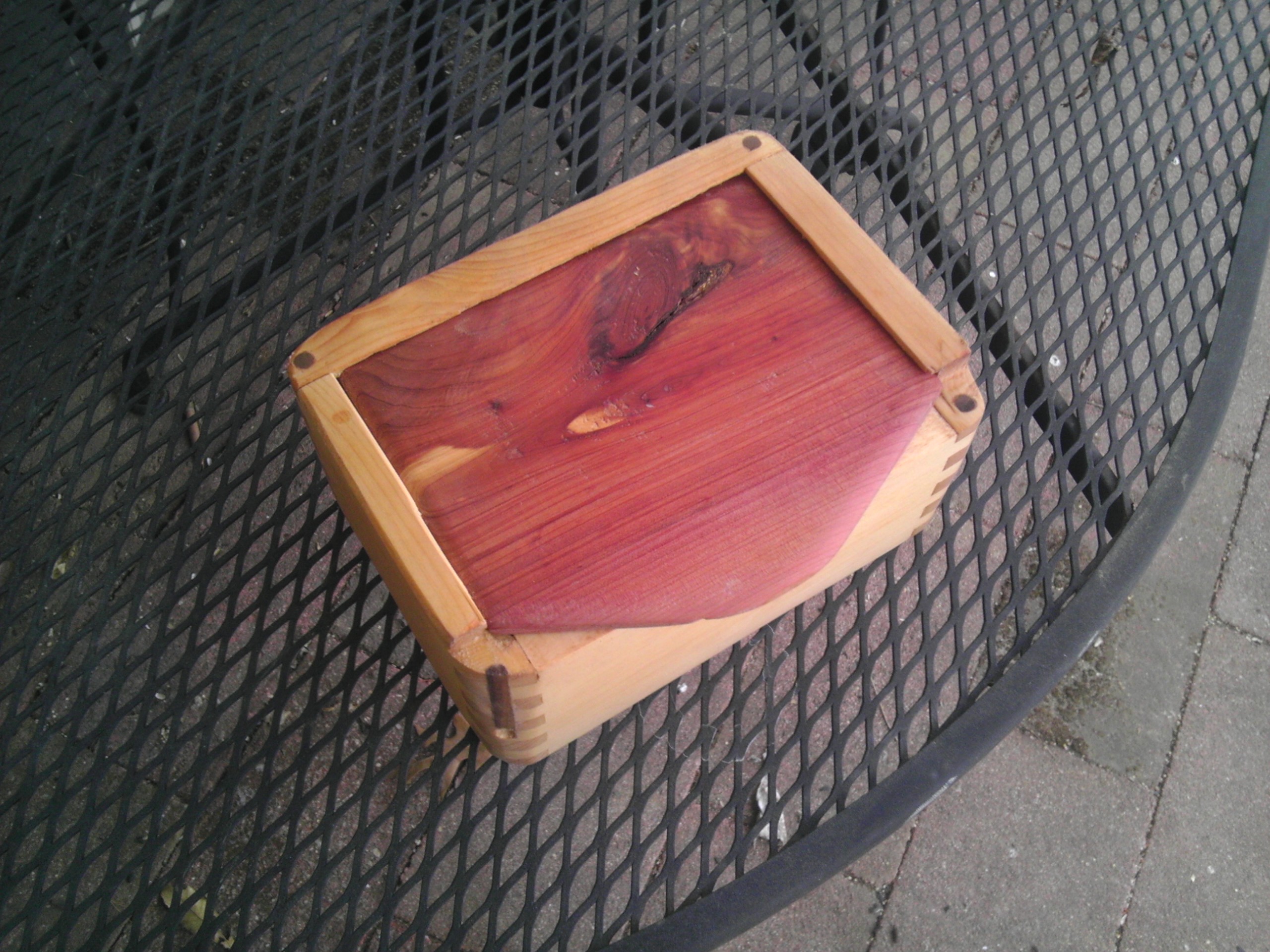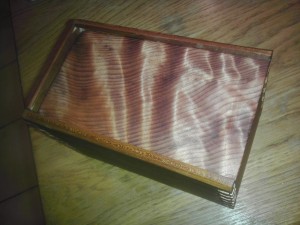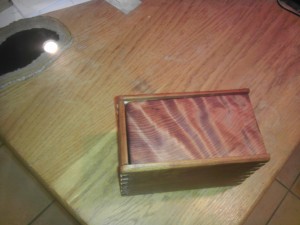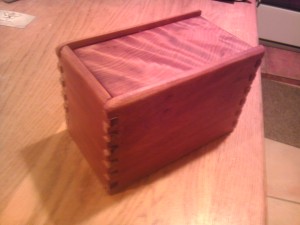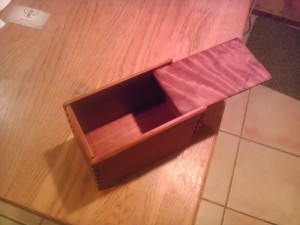Yes, that’s what they are, or at least what they’re intended to be.
I wanted a place where I could start seeds outside away from the incredible weed competition introduced by the natural soil around here. I did not want to use pots, having only had success with them for established plants. I wanted to harvest the best light available in the backyard (south and west) and I wanted to have them well raised above ground level. One back corner of the barn seemed to satisfy the location requirement. I figured I’d create light lean-to posts and notch the planter boxes into them. No doubt there were other design options but these roughly were my choices.
in the barn I used an old 8×8 to emulate the outside corner of the barn. Note that it’s only affixed to that corner right at the top. Low commitment, easy to remove for whatever reason. Cutting the notches was educative. Jigsaw didn’t have a 45 degree capacity. Angle grinder a little (!) imprecise. Ryoba.
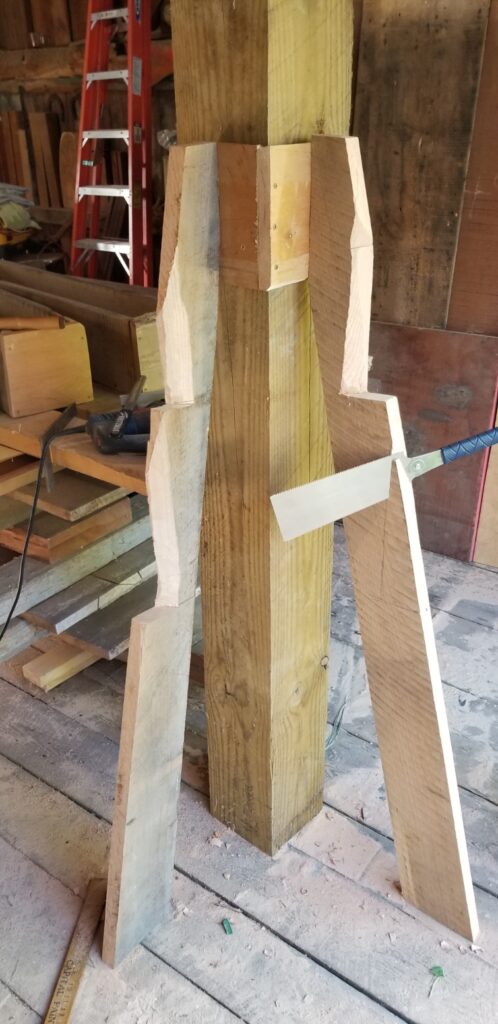
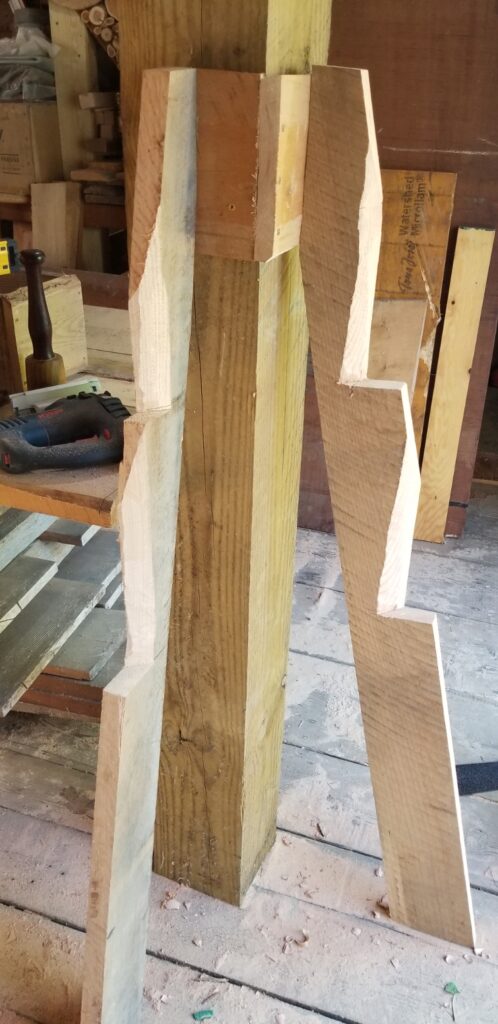
Making the boxes was fairly rudimentary, no great artfulness required. Setting them into the notches however revealed 1) how important it is that the notches are at the same height, that the vertical face of the notch is plumb, that the horizontal face is level, and that the notches themselves provide too measly a mechanical advantage to be proud of the outcome.
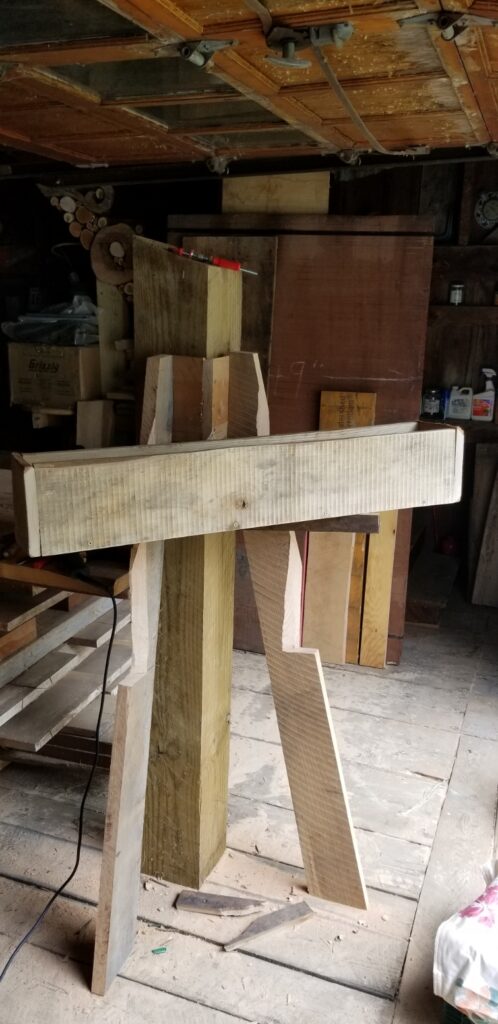
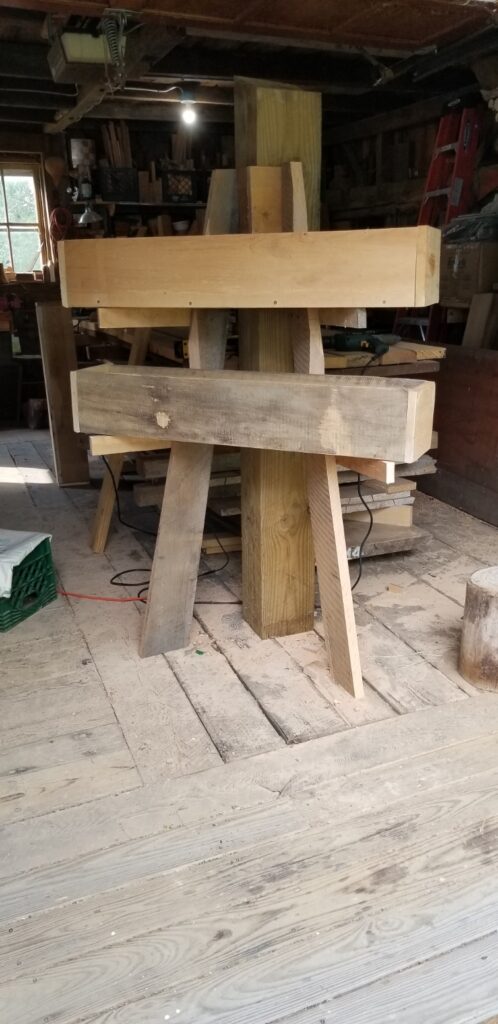
Witness, therefore, the support brackets, tested for both as level unto to themselves and that a spanning piece (as a box is) also level. When I say level I mean to within one degree. I’ve recently started using a digital level and have been pleased and amused to know that my natural sense of level is within one degree. Close enough for horseshoes and hand grenades they say.
Deploying was easy. Selecting and leveling two granite feet, screwing top of assembly to corner.
And last, of course, to fill with the various rare and exotic seeds whose germination and ultimate magnificence remain undemonstrated. Planted were
The nice flowering vine Thunbergia, these particular seeds from Ukraine. The local supermarket parking lot had an array of them and I was stalking them for seeds but one October morning they’d all been removed, redirecting my quest.
Creeping false holly. Very interesting. https://en.wikipedia.org/wiki/Jaltomata_procumbens. It’s a solanaceae so it’s in my realm of fascination. Seems like a wonderberry but supposed to taste more grape-like. I look forward there.
Wonderberry itself, a la Burbank, basically a solanum nigrum on steroids. Berries are bigger though.
Naranjilla, something I’ve only gotten to fruit once after a tenuous indoor overwintering.
Cute little cannibal tomato (uporo), best with long pork.
Porcupine tomato, I’ve had some success with these. Beloved amongst the angry solanaceae sub-tribe as rippling with ferocity. Consider as decorative, treat with respect and they won’t attack.
Another angry sub-tribe member, biker gang name ‘Malevolence’. https://en.m.wikipedia.org/wiki/Solanum_atropurpureum. Consider as decorative.
Tamarillo, aka tree tomato. I’m 0 for 5 with these across the years. Certainly will keep indoors once temps fall, if/assuming they germinate.
Eucalyptus Neglecta. I love these. I usually have success sprouting and they grow fast and strong. Where I’ve failed is trying to get one to overwinter outside in Zone 4/5. Seems that at roughly 10 degrees F they just can’t take it. Gearing up for more creative approaches.
And so there you have it. Will report back on the outcomes. May your summer be as excellent as I hope mine to be.

